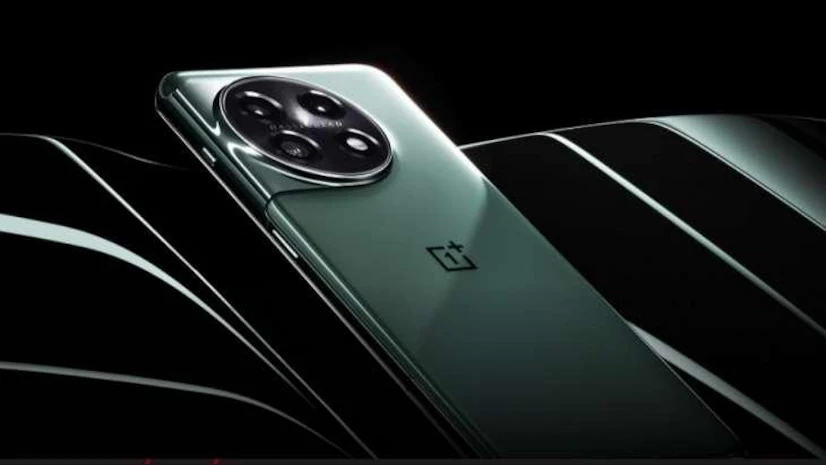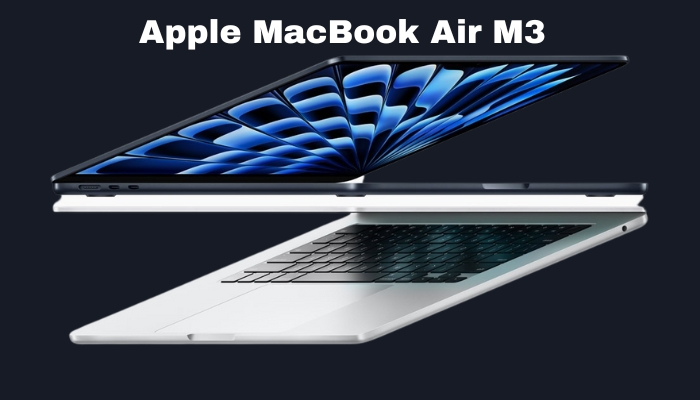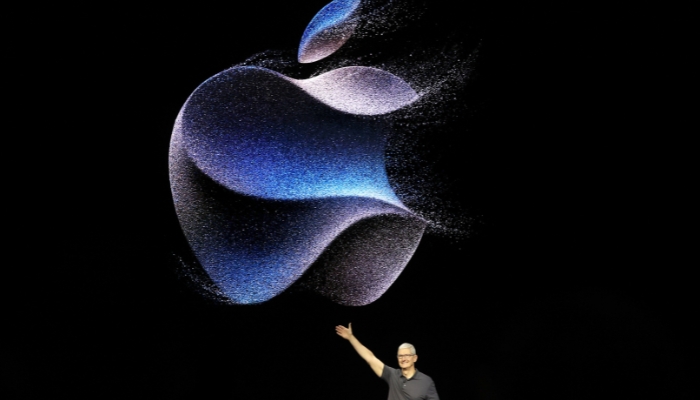
Last updated on December 13th, 2023 at 02:38 pm
OnePlus experienced a successful year with standout devices. The OnePlus 11 marked a comeback, delivering exceptional value at $699, boasting high-end features like a spacious, vibrant display, top-notch cameras, stellar performance with clean software, and long-lasting battery life.
However, the OnePlus 12, revealed today in China, appears to address the two previous omissions. If the Qualcomm Snapdragon 8 Gen 3 matches the efficiency of the Gen 2, the OnePlus 12 has the potential to be among the top Android phones in 2024.
Having employed the OnePlus 11 as my primary device for a period, I admired its overall performance and design. Although the appearance of the OnePlus 12 hasn’t undergone a radical transformation, it has received significant under-the-hood enhancements, introducing two crucial features—one I particularly missed and another catering to the U.S. market’s preferences.
Despite the OnePlus 11 featuring three cameras, the absence of 3x optical zoom was notable. The OnePlus 12 introduces a new triple camera setup, enhancing both the telephoto sensor and aligning with the camera DNA of the OnePlus Open. Leading the OnePlus 12’s triple rear camera setup is a 50MP Sony LYT-808 primary camera with optical image stabilization (OIS). This is complemented by a 48MP Sony IMX581 ultrawide-angle camera and a 64MP OV64B periscope lens offering 3x optical zoom.
Notably, this configuration mirrors the lenses on the OnePlus Open, home to the most versatile camera setup on a foldable phone. Since the launch of the OnePlus foldable phone, I’ve been using it, witnessing continual camera improvements with each update.
The OnePlus Open showcases the impressive 50MP Sony LYT-808 sensor. As evident in the images above, it delivers pleasing skin tones, ample dynamic range, and avoids overblown highlights in the clouds, resulting in an overall pleasing image. Although the camera wasn’t initially well-tuned for low light at launch, OnePlus has addressed and improved this aspect to some extent.
While the 50MP primary camera excels in capturing detailed photos, my greater admiration goes to the 64MP periscope camera. This is because it not only produces excellent 3x shots but also performs remarkably well at up to 15x digital zoom, delivering impressive images at 6x zoom. In comparison to the digital zoom on my iPhone 15 Pro, the OnePlus Open outperformed, especially at 6x and up to 15x.
Both the OnePlus 11 and OnePlus Open lacked a crucial feature – wireless charging. While it didn’t bother me much, considering my remote work setup, I understand the appeal of wireless charging for those who find it convenient, especially when multiple charging pads are scattered around the home.
The OnePlus 12 introduces a noteworthy upgrade with its 50-watt wireless charging, reminiscent of the OnePlus 10 Pro, which held the title for the fastest wireless charging phone in the U.S. at its launch. The OnePlus 12 is expected to take over that position upon its rumored U.S. launch in January.
With improved cameras and the addition of wireless charging, the OnePlus 12 emerges as a well-rounded device. Anticipate a price increase, but given the company’s recent track record and my positive experience with the OnePlus Open’s camera system, I believe it will be a standout phone to watch for in 2024. Building on the strengths of the already impressive OnePlus 11, the 2024 flagship appears to elevate the smartphone experience to the next level.
What else does the OnePlus 12 offer?
The OnePlus 12 boasts a 6.82-inch QHD+ 2K OLED LTPO display with a 120Hz refresh rate. This screen can achieve a remarkable peak brightness of 4,500 nits, one of the highest in the market. Typically, the phone maintains around 1,600 nits, but it can surge much brighter, especially when handling HDR content. The 4,500 nits level is optimized for HDR videos, with specific screen areas reaching this brightness when required. Similar to the OnePlus Open, the OnePlus 12 display supports Dolby Vision, 10Bit Color Depth, and ProXDR.
Running on the Qualcomm Snapdragon 8 Gen 3 chipset, the efficiency of which I’m yet to test, the OnePlus 12 now starts with 12GB of LPDDR5X RAM (up from 8GB) and maintains a base storage of 256GB of UFS 4.0. The configuration can be expanded to 24GB of RAM and 1TB of storage.
Powering the 2024 OnePlus flagship is a 5,400mAh battery supporting 100W wired and 50W wireless fast charging. To manage heat, it incorporates Oppo’s SuperVOOC S power management chip, first introduced on the OnePlus 11R. The OnePlus 12 holds an IP65 rating for dust and water resistance, an improvement from its IP64-rated predecessor.
In terms of design, while the OnePlus 12 doesn’t undergo a complete overhaul, there are notable changes. The alert slider now resides on the opposite side of the phone, placing the volume rockers and power button on one side and the alert slider on the other. Additionally, the green variant showcases a distinctive wavy pattern on the back, adding a visually appealing touch. The OnePlus 12 is available in three color options: white, green, and black.
OnePlus 12 price and availability
The starting price for the OnePlus 12 is 4,299 yuan ($607) in China for the base 12GB/256GB variant, while the top-tier 24GB/1TB model is priced at 5,799 yuan ($818). This marks a 300 yuan increase compared to the OnePlus 11, and a similar price adjustment can be anticipated when the OnePlus 12 becomes available globally in “early 2024.” According to previously leaked information, the device is expected to launch in other markets by the end of January.
Although the U.S. pricing for the OnePlus 12 remains uncertain, if the China pricing is any indication, it is poised to be highly competitive.





